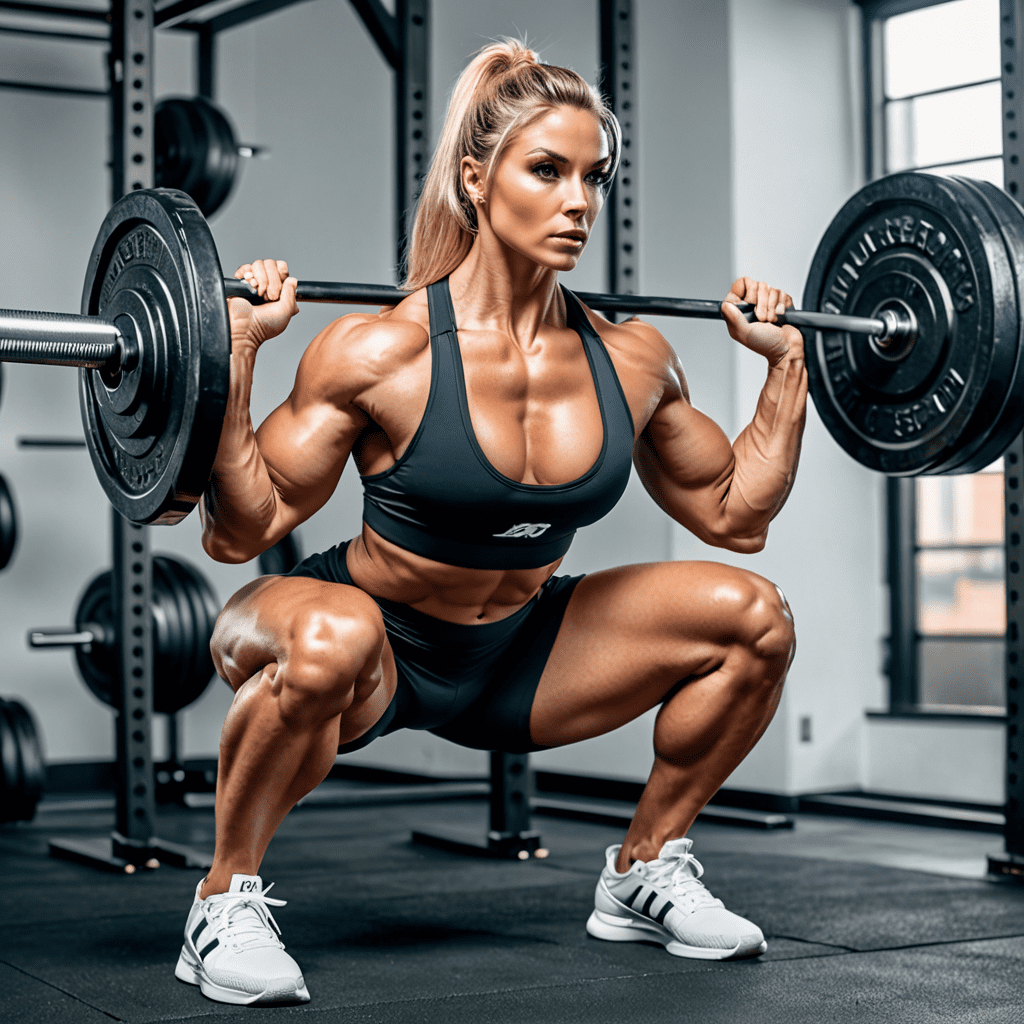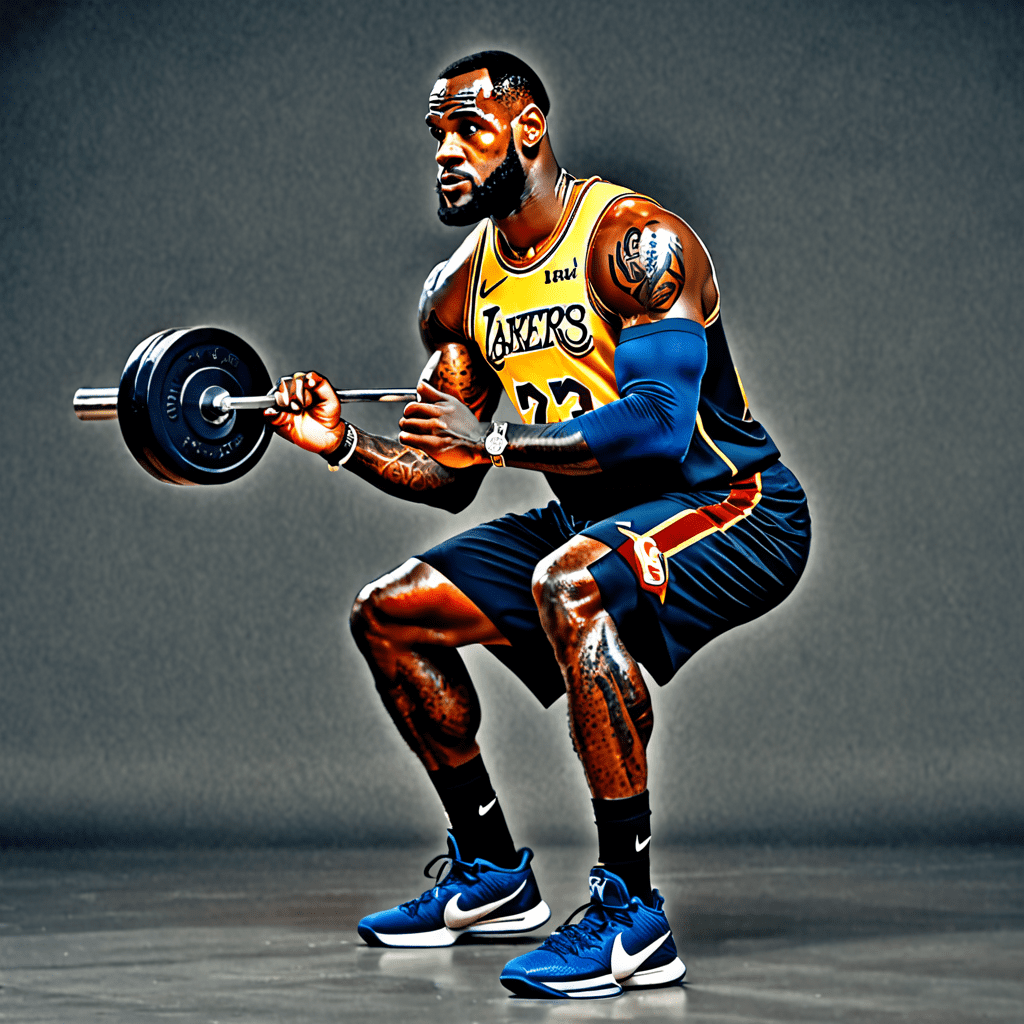
Get a Closer Look at the Optimal Depth for Squats
1. Understanding the Importance of Squat Depth
When it comes to squats, many individuals wonder how low they should go in order to maximize their workout. The depth at which you perform squats can have a significant impact on the muscles targeted and overall effectiveness of the exercise. In this article, we will delve into the optimal squat depth and its benefits.
2. Proper Form and Technique for Squats
Before discussing the depth of squats, it’s crucial to understand the correct form and technique. Proper form ensures you engage the right muscles and reduces the risk of injury. We will cover the key aspects of performing squats correctly, including foot placement, back position, and knee alignment.
3. Going Deep: Exploring Full Squats
Full squats, also known as deep squats, involve lowering your body until your hips go below your knees. This comprehensive squat variation targets the glutes, hamstrings, quads, and core muscles. We will discuss the benefits, tips for achieving proper depth, and variations to try.
4. Parallel Squats: A Safe and Effective Choice
Parallel squats involve descending until your hips are parallel to the ground. This alternative squat depth is favored by many individuals due to its balance of effectiveness and safety. We will examine the advantages, proper technique, and variations to incorporate into your routine.
5. Partial Squats: When Less Can Be More
Partial squats are performed by stopping the descent before reaching parallel or full depth. While often criticized for being less effective, partial squats can still offer benefits, particularly for individuals with certain limitations or injuries. We will explore the advantages, precautions, and how to incorporate partial squats effectively.
6. Assessing Your Individual Needs and Goals
When determining the optimal depth for your squats, it’s important to consider your individual needs and goals. Factors such as mobility, strength, and overall fitness level can play a role in finding the right depth for you. We will provide guidance on assessing these factors and tailoring your squat depth accordingly.
7. Frequently Asked Questions about Squat Depth
Q: Can squatting too low be harmful?
A: Squatting too low can put excessive stress on the knees, particularly if performed with incorrect form. It is important to maintain proper technique and listen to your body to avoid injury.
Q: Will squatting deeper increase muscle growth?
A: Squatting deeper can engage a greater range of motion and recruit more muscle fibers, potentially leading to increased muscle growth. However, the overall impact will vary based on individual factors such as training volume and intensity.
Q: How can I improve my squat depth?
A: Improving squat depth requires a combination of mobility exercises, strength training, and proper technique. Regularly incorporating exercises targeting hip and ankle mobility can help increase your range of motion.
Q: Should beginners start with full squats?
A: It’s generally recommended that beginners start with partial or parallel squats to focus on mastering proper form and gradually build strength and mobility. Full squats can be introduced once the necessary flexibility and strength are achieved.
Q: Are there any alternatives to squats for leg strength?
A: Yes, there are several alternatives to squats for building leg strength, such as lunges, leg presses, step-ups, and deadlifts. These exercises can complement squats or be used as substitutes depending on individual preferences and goals.


